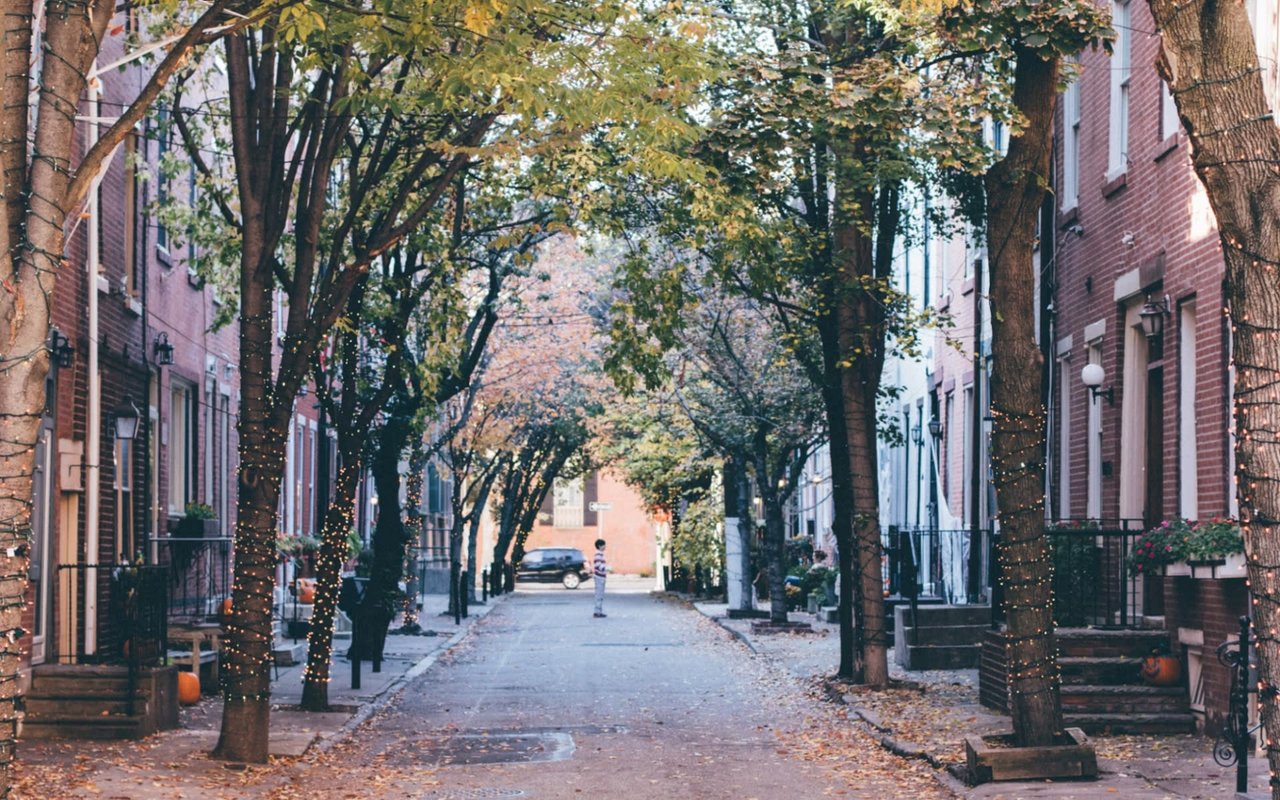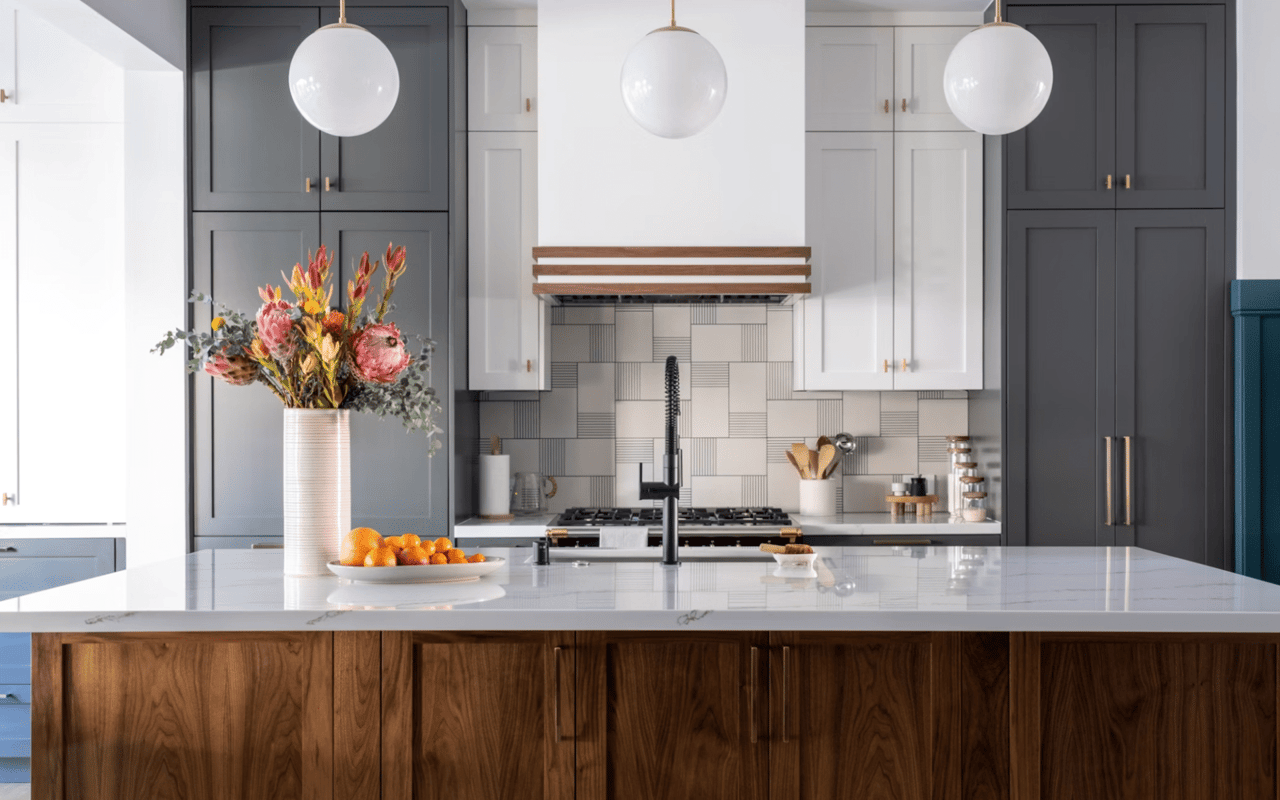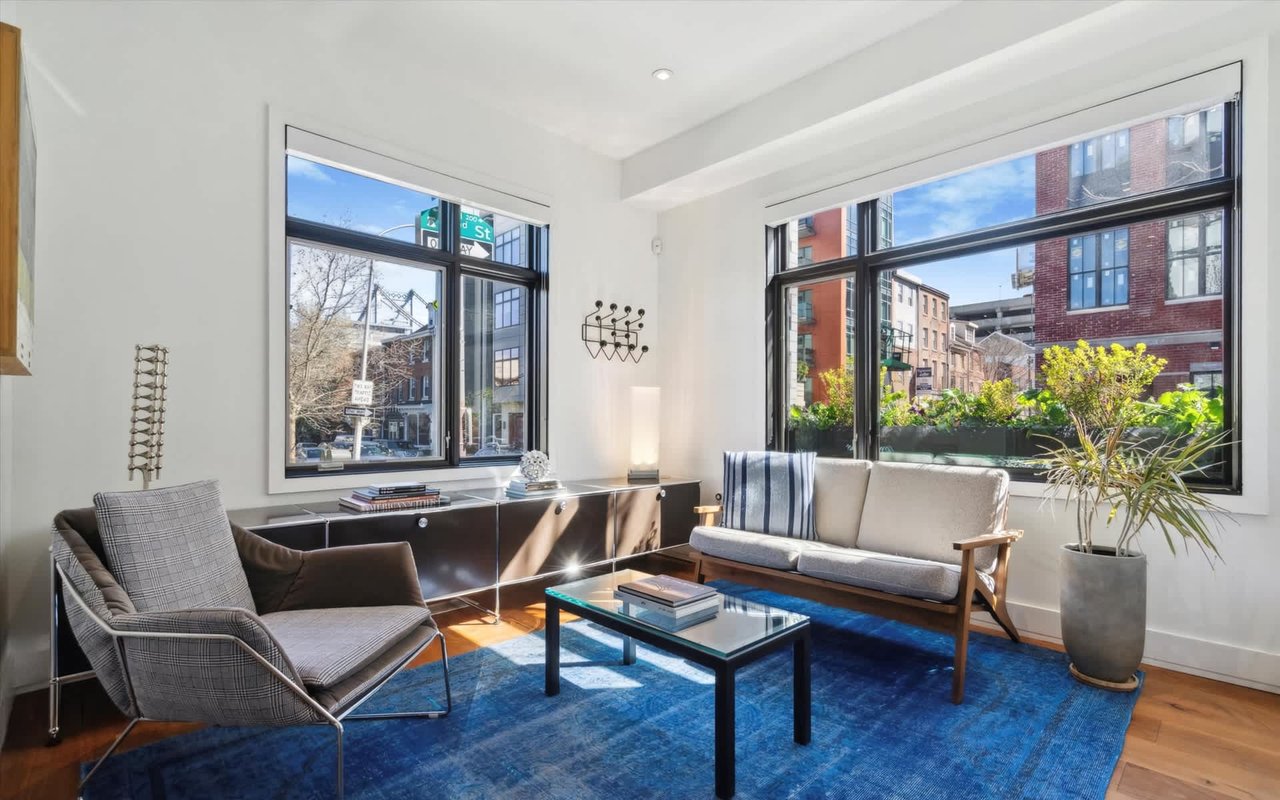Chestnut Hill, PA, known for its historic charm and unique architecture, offers a captivating glimpse into various architectural styles. This Philadelphia neighborhood has several landmarks highlighting its rich history and cultural heritage. Below, we explore seven notable architectural landmarks in Chestnut Hill, PA, each contributing to the area's distinctive character and appeal.
The Vanna Venturi House
The Vanna Venturi House, designed by renowned architect Robert Venturi, is a seminal piece in postmodern architecture. Completed in 1964, this house broke away from the minimalist trends of modernism with its playful forms and historical references. Located at 8330 Millman Street, the Vanna Venturi House is often cited in architectural studies and continues to attract enthusiasts worldwide. Its design, characterized by unconventional elements like an oversized chimney and split gable roof, challenges traditional architectural norms and exemplifies Venturi's philosophy that "less is a bore," making it a must-see for architecture buffs visiting Chestnut Hill.
Chestnut Hill Friends Meeting House
The Chestnut Hill Friends Meeting House, situated at 20 East Mermaid Lane, showcases a blend of simplicity and spirituality. Designed by James Turrell, this Quaker meeting house features a "Skyspace" installation that allows natural light to play a significant role in the worship experience. The building’s clean lines and thoughtful use of materials reflect Quaker values and provide a serene environment for reflection. The innovative use of natural illumination in the Skyspace enhances the spiritual experience, making it a unique architectural feature. This meeting house serves as a place of worship and stands as a testament to the Quaker community's commitment to simplicity and harmony with nature.
Thomas Mill Covered Bridge
Dating back to 1855, the Thomas Mill Covered Bridge is the only remaining covered bridge in Philadelphia. This bridge is nestled in the Wissahickon Valley Park and exemplifies 19th-century engineering and design. Its wooden structure and picturesque setting make it a beloved landmark and a symbol of the area's historical resilience and charm. The bridge's enduring construction has allowed it to withstand the test of time, offering visitors a nostalgic journey back to the 19th century. It is a picturesque spot for photographers and a quiet retreat for those looking to enjoy a piece of living history in a natural setting.
The Highlands Mansion and Gardens
The Highlands Mansion, built in 1796, is a fine example of Georgian architecture. This estate is located at 7001 Sheaff Lane and has a beautifully preserved mansion and expansive gardens. The Highlands offers a window into the past, showcasing the grandeur and elegance of the late 18th century. The mansion is now a museum, hosting events and tours highlighting its historical significance. The meticulously maintained gardens, featuring formal boxwood parterres and a variety of heirloom plants, provide a tranquil setting that complements the stately mansion. The estate's historical significance and architectural beauty make it a treasured landmark in Chestnut Hill.
St. Martin-in-the-Fields Church
St. Martin-in-the-Fields Episcopal Church, found at 8000 St. Martin’s Lane, is a notable example of Gothic Revival architecture. Designed by Theophilus Parsons Chandler, the church was completed in 1895. Its pointed arches, intricate stained glass windows, and stone façade contribute to its majestic appearance. The church continues to serve as a place of worship and community gathering, reflecting the enduring legacy of its architectural splendor. Inside, the church boasts stunning woodwork and a serene atmosphere that has hosted countless community events and services over the decades. The rich history and architectural details of St. Martin-in-the-Fields continue to draw visitors and worshippers alike.
Chestnut Hill Baptist Church
Built in 1835, the Chestnut Hill Baptist Church is one of the oldest churches in the area. Located at 2 Bethlehem Pike, this church combines Federal and Greek Revival styles. Its simple yet elegant design features a prominent portico with Doric columns and a tall steeple. The church remains an active place of worship and community service, underscoring its lasting importance to Chestnut Hill. The interior, with its high ceilings and original woodwork, offers a glimpse into 19th-century ecclesiastical design. This historic church plays a vital role in the community, hosting services, events, and outreach programs that contribute to the neighborhood's vibrant community life.
Wissahickon Inn (Now Chestnut Hill Academy)
The Wissahickon Inn, originally opened in 1884, is now part of the Springside Chestnut Hill Academy campus. This building is situated at 500 West Willow Grove Avenue and exemplifies Queen Anne-style architecture. Its ornate detailing, asymmetrical façade, and expansive verandas reflect the luxury of the late 19th century. The inn's conversion into an educational institution demonstrates the adaptive reuse of historic buildings in Chestnut Hill. Preserving its architectural integrity while repurposing it for modern use highlights the community's dedication to maintaining its historic roots. The building now serves as a vibrant educational facility, blending historical charm with contemporary educational practices.
Architecture’s Impact on Real Estate
Chestnut Hill, PA's unique architectural landscape significantly enhances its real estate market. Properties in this area are often sought after for their historic charm and distinctive character. The preservation of these landmarks not only maintains the neighborhood's aesthetic appeal but also adds to the value and desirability of homes in the region. Buyers looking for a home in Chestnut Hill are often drawn to its rich architectural heritage, which offers a unique blend of history and modern living. These architectural treasures create a distinctive identity for the neighborhood, making it an attractive destination for those seeking a home with character and history.
Explore Chestnut Hill, PA
With its array of architectural landmarks, Chestnut Hill, PA, is a testament to the area's historical and cultural richness. Each landmark adds a unique layer to the neighborhood's character, from the postmodern Vanna Venturi House to the historic Thomas Mill Covered Bridge. These architectural treasures not only enhance the visual landscape but also contribute to the vibrant real estate market in Chestnut Hill.
Contact
Liz Clark today to learn more about available properties and how you can join the Chestnut Hill community.










